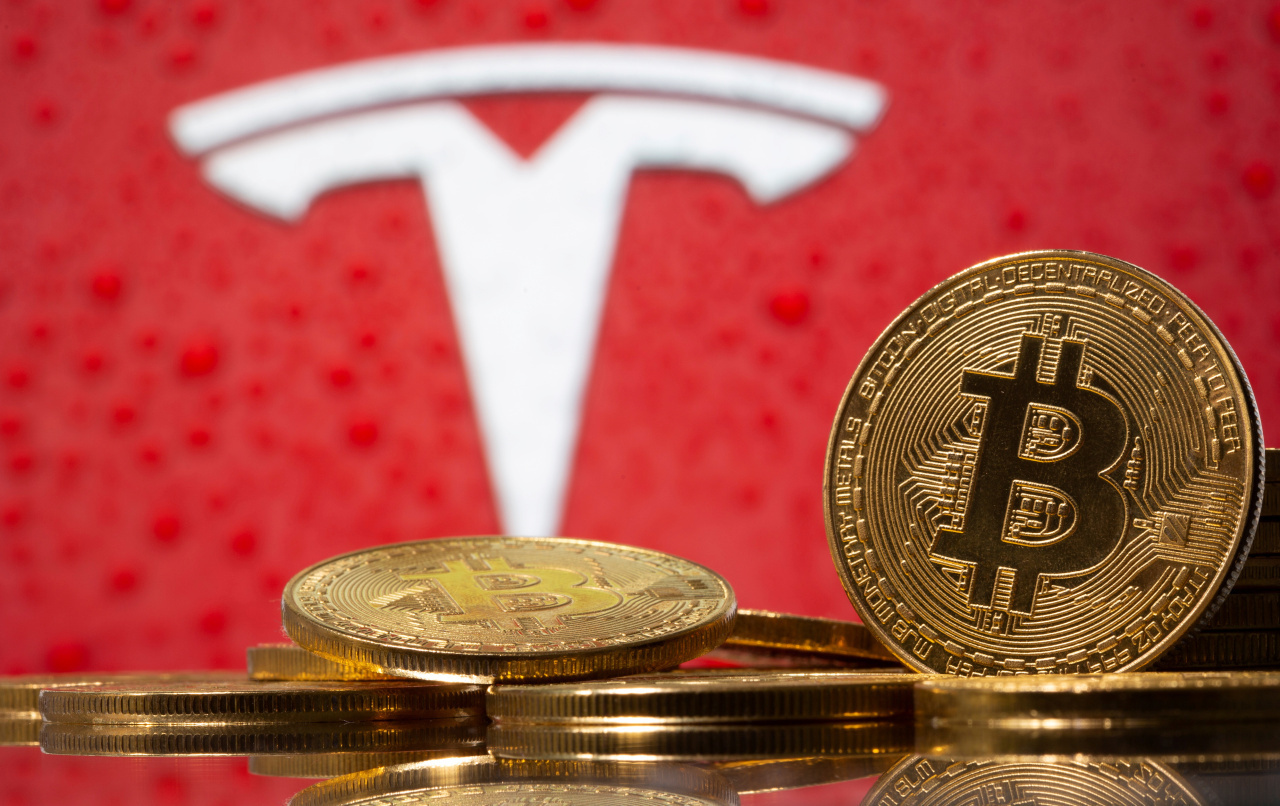From cryptocurrency to EVs, ‘green’ chips are all the rage
By Kim Byung-wookPublished : Dec. 20, 2021 - 16:01

“Green” chips, or low-power semiconductors, have become bestsellers among both crypto miners and electric vehicle makers looking to increase their profitability and driving range.
According to industry sources Monday, major chipmakers including Taiwan Semiconductor Manufacturing Co. and Samsung Electronics are producing advanced, low-power chips at full throttle, as miners of cryptocurrencies desperately search for chips that consume less electricity.
“Conventional chips can’t offer crypto miners the performance and power efficiency they need. Crypto miners need 5-nanometer chips for their operations, allowing TSMC and Samsung Electronics to maintain a high level of operation rate at their advanced chip production lines,” said Claire Kim, an analyst at Hana Financial Investment.
“Though it was only last year when TSMC began the mass production of 5-nm chips, they account for 18 percent of the firm’s sales. The figure will only rise as clients are placing more orders.”
Five nanometers refers to the distance between two transistors on a 5-nm chip, with 1 nanometer being one-billionth of a meter. The smaller the distance, the more transistors can fit inside and the faster the chip becomes. The shorter the distance also means less power is required to reach all the billions of transistors packed in a chip. Simply put, 5-nm chips are both faster and consume less electricity than more typical 7-nm chips.
Samsung Electronics and TSMC are in a tight race to further push the limits of chips. Samsung Electronics announced in October that it will mass-produce 3-nm chips in the first half of next year, which would be at least one month earlier than TSMC’s mass production timeline scheduled for July.
To further catch up with its archrival TSMC, Samsung Electronics aims to produce the 3-nm chips with a breakthrough technology called gate-all-around, or GAA, which would allow up to a 35 percent decrease in area, 30 percent higher performance or 50 percent lower power consumption compared to 5-nm chips. TSMC is expected to apply GAA technologies starting with 2-nm chips, which are set for mass production in 2025.
Meanwhile, in the electric vehicle market, demand for green chips is spiking, as conventional chips eat up too much electricity and shave kilometers off the driving range.
Inside an electric vehicle, especially one capable of self-driving, all sorts of chips -- more than 2,000 -- are installed, which is far greater than the 200 to 300 chips used for an internal combustion engine vehicle.
Among them, power chips are perhaps the most important chips inside electric vehicles. Their role is to minimize power loss as batteries supply and distribute electricity throughout the vehicle.
Typical power chips are made of silicon, but market leader Tesla is leading the market trend once again with the wholly new silicon carbide, or SiC, power chips.
In recent years, Tesla has ditched conventional silicon-based power chips and switched to SiC power chips. Since 2017, Tesla has installed SiC power chips inside the inverters of the Tesla Model 3 series, which resulted in a significant performance improvement.
“Tesla was the first in the industry to install SiC power chips inside the inverters of EVs. With SiC power chips, Tesla’s inverters became 10 times more efficient, 43 percent smaller and 6 kilograms lighter compared to conventional inverters,” Ko Yeong-min, an analyst at Shinhan Investment, said.
“Benchmarking Tesla, automakers including Hyundai Motor, BYD and Toyota are opting for SiC power chips.”
Inverters are key devices that control the rotating speed of the motors of electric vehicles. When batteries supply high-voltage electricity, inverters convert that and feed it to the motors. SiC power chips help inverters to convert, manage and distribute the power more efficiently.
Compared to typical silicon-based power chips, SiC power chips can withstand voltages 10 times higher. That means SiC power chips can offer the same performance at just one-tenth of the thickness. SiC power chips can also endure temperatures up to 600 degrees Celsius, meaning they do not require a cooling system. Above all, SiC power chips consume less electricity, which translates to a greater driving range, and makes them a potential game changer in the electric vehicle market.
Buoyed by the trend toward self-driving electric vehicles, the size of the global automotive SiC chip market is expected to reach 17 trillion won ($14.3 billion) in 2025 from this year’s 2 trillion won, according to Shinhan Investment.
“SiC chips will become a megatrend in 2022,” predicted Roh Geun-chang, an analyst at Hyundai Motor Securities.



![[AtoZ into Korean mind] Humor in Korea: Navigating the line between what's funny and not](http://res.heraldm.com/phpwas/restmb_idxmake.php?idx=644&simg=/content/image/2024/04/22/20240422050642_0.jpg&u=)
![[Exclusive] Korean military set to ban iPhones over 'security' concerns](http://res.heraldm.com/phpwas/restmb_idxmake.php?idx=644&simg=/content/image/2024/04/23/20240423050599_0.jpg&u=20240423183955)


![[Herald Interview] Why Toss invited hackers to penetrate its system](http://res.heraldm.com/phpwas/restmb_idxmake.php?idx=644&simg=/content/image/2024/04/22/20240422050569_0.jpg&u=20240422150649)
![[Graphic News] 77% of young Koreans still financially dependent](http://res.heraldm.com/phpwas/restmb_idxmake.php?idx=644&simg=/content/image/2024/04/22/20240422050762_0.gif&u=)






![[Exclusive] Korean military to ban iPhones over security issues](http://res.heraldm.com/phpwas/restmb_idxmake.php?idx=652&simg=/content/image/2024/04/23/20240423050599_0.jpg&u=20240423183955)



![[Today’s K-pop] Ateez confirms US tour details](http://res.heraldm.com/phpwas/restmb_idxmake.php?idx=642&simg=/content/image/2024/04/23/20240423050700_0.jpg&u=)